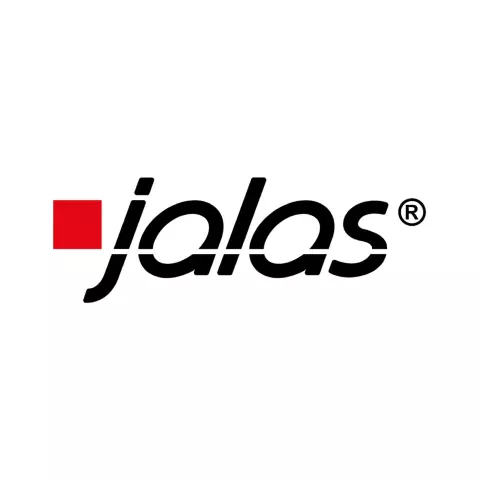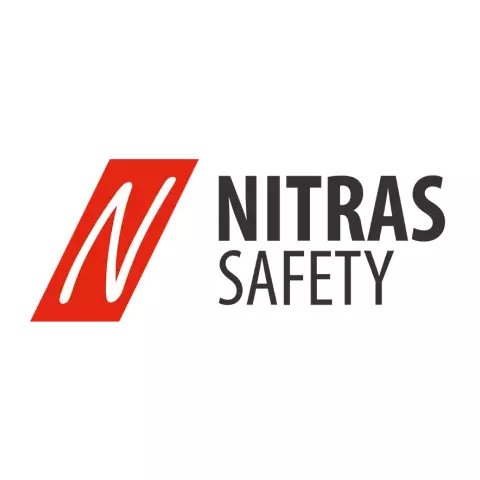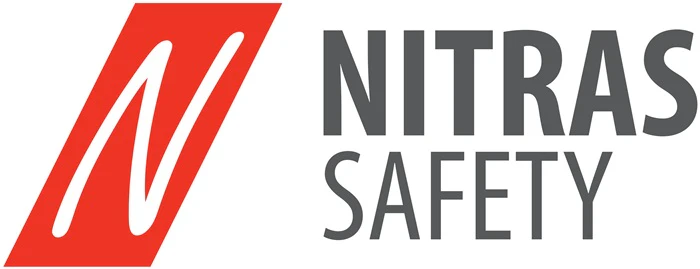
How To Choose The Best Anti-Fog Safety Glasses
Struggling to maintain clear vision in demanding environments? This guide is here to help. By the end, you’ll know exactly...

Get 20€ off on your first order!































Choosing the right toilet paper can be tricky, especially when deciding between single-ply and multi-ply. Don’t worry—by the end of this article, you’ll have a clear understanding of which option is best for your needs, budget, and plumbing.
We’ll walk you through the key differences—comfort, cost, environmental impact, and plumbing compatibility—so you can make an informed decision.With expert insights into the pros and cons of both types, you’ll learn how to choose the right toilet paper based on your preferences and household needs. Once you’ve made your decision, we’ll also introduce sustainable alternatives like bamboo and recycled options to help you find the best products for the long run.
This guide will answer all your questions and ensure you pick the perfect toilet paper for your home. Let’s get started!
For an overarching view of all toilet paper types, explore Choosing The Right Toilet Paper: A Practical Guide.

Toilet paper, also known as bathroom tissue or toilet tissue, typically comes in two main forms: single-ply and multi-ply. The ply count is important as it affects comfort, durability, and environmental impact. Single-ply toilet paper is made of one layer of paper, while multi-ply options, such as two-ply or three-ply, have multiple layers.
| Feature | Single-Ply | Multi-Ply |
| Layers | One | Two or more |
| Thickness | Thinner | Thicker |
| Durability | Less durable | More durable |
| Cost | More affordable | Often more expensive |
| Environmental Impact | Generally lower (uses less material) | Higher, depending on production methods |
Single-ply toilet paper offers several advantages, but it may not be suitable for every situation.
Multi-ply toilet paper is popular for its superior comfort and durability but comes with its own set of considerations.
Understanding common misconceptions about single-ply and multi-ply toilet papers can also guide your decision. For example, multi-ply is not always the best choice for every situation, despite its comfort benefits.
The choice between single-ply and multi-ply depends on several factors. Ultimately, understanding these can help you select the right option for your household’s comfort, budget, and plumbing needs.
If cost is a priority, single-ply is the more economical choice. However, if comfort is worth the additional expense, multi-ply may be the better option.
Single-ply toilet paper dissolves quickly, making it a suitable choice for homes with septic systems or older plumbing.
Consider the sustainability of the brand you’re purchasing. Look for certifications like FSC (Forest Stewardship Council) to ensure the paper is responsibly sourced. Well-known European brands such as Essity and Sofidel often offer certified options.
For households prioritizing comfort and luxury, multi-ply is often the preferred choice. In contrast, single-ply suits high-traffic or public restrooms.
Here are some helpful suggestions to guide your selection process:
While toilet paper is the focus, you may also find value in related products such as paper towels. Unlike toilet paper, paper towels are designed for drying surfaces and hands, offering versatility for cleaning tasks. For guidance, explore our How To Choose The Right Paper Towels – A Buyer’s Guide.
For an extensive range of toilet paper options, visit the Toilet Paper category on Droppe. For alternatives, check out our Paper Towels category.
We hope this guide has been helpful in exploring the key factors for choosing the right toilet paper, from cost and comfort to environmental impact and plumbing considerations. Whether you’re outfitting a home bathroom or managing a high-traffic facility, we’re here to support your decision-making process.
Explore our full range of toilet paper options on Droppe, where trusted brands are just a click away.
Have questions or need advice on finding the perfect product? Don’t hesitate to reach out—we’re always here to help ensure you make the best choice for your needs.
– The Droppe Team
Yes, multi-ply toilet paper is generally softer and more comfortable, which can be gentler on sensitive skin.
Yes, single-ply is often better for older plumbing or septic systems because it dissolves more easily.
Recycled toilet paper can be soft, but it depends on the brand and ply count. Look for options with higher ply for more comfort.
While you may need more sheets of single-ply, the lower cost per roll often balances out, making it a more economical option overall.
Yes, bamboo toilet paper is septic-safe, as it typically dissolves quickly, similar to single-ply options.
Thank you! You've signed up for our newsletter.











Struggling to maintain clear vision in demanding environments? This guide is here to help. By the end, you’ll know exactly...

Electricians across Europe face unique challenges that require reliable safety glasses to ensure both protection and efficiency. Whether safeguarding against...

Looking for the right welding goggles but unsure where to start? This guide will help you choose the perfect pair...

Struggling to maintain clear vision in demanding environments? This guide is here to help. By the end, you’ll know exactly...

Electricians across Europe face unique challenges that require reliable safety glasses to ensure both protection and efficiency. Whether safeguarding against...

Looking for the right welding goggles but unsure where to start? This guide will help you choose the perfect pair...
Get 20€ off on your first order!
Save 30% by buying directly from brands, and get an extra 10€ off orders over €100
Save 30% by buying directly form brands, and get an extra 10€ off orders over €100